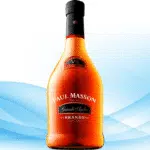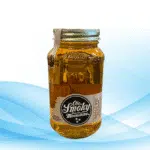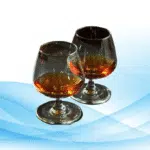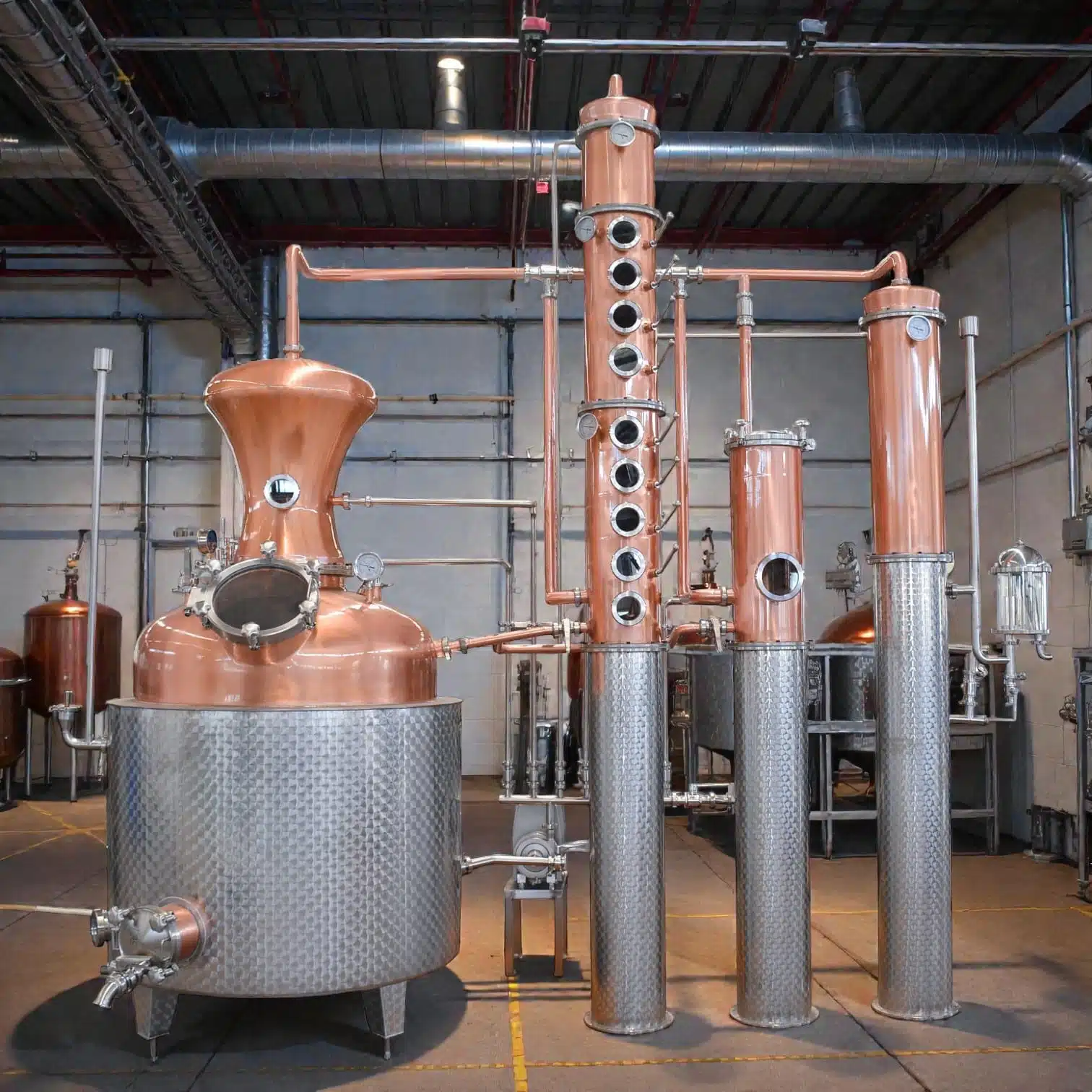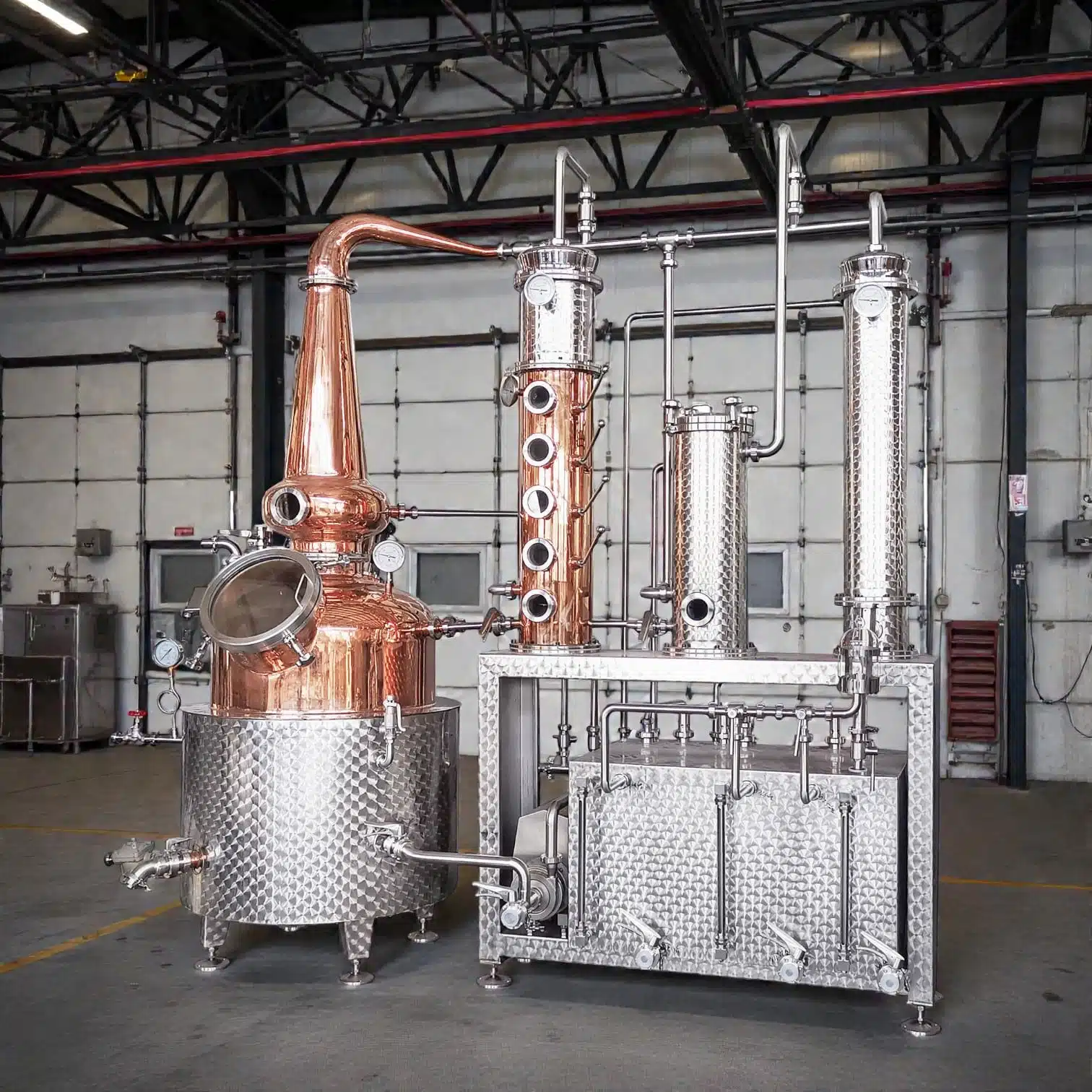Discover what is gin distilled from, exploring the core ingredients and unique botanicals that create gin’s distinct flavors. Learn how gin is made, from base spirits to botanical infusions.
What Does Gin Come From? Appreciating How This Spirit Is Made
Gin, being a multipurpose and enjoyable drink, has always been a cocktail favorite because of its intricate flavors. However, many have wondered what is neuvo a gin distilled. In this article, we shall explain the major ingredients, the ingredients used for distilling gin and what distinguishes gin from other spirits in terms of its taste.
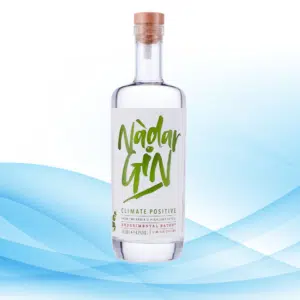
Most Important Ingredients of Gin
Base Spirit
Gin has always begun off with being distilled from a neutral base which can be sourced from a number of places including:
- Grain (most often wheat or rye, barley)
- Corn
- Potatoes
- Sugar cane
Selecting a base ingredient isn’t mandatory as the neutral base does undergo another stage of distillation to give the gin flavor, however such ingredients do alter the gin’s firmness at the start.
Botanicals: The Heart of Gin’s Flavor
The most known feature of gin is the combined infusion of botanicals commencing with juniper berries, as they contribute to gin’s trademark smell as well as its taste. European and American laws concerning gin state that juniper has to be the lead flavor in any alcoholic drink to mark it as gin. Other common spices include:
- Apart from coriander seeds, adding this enhances citrus blending as well as brings a spicy taste.
- Angelica root which is added brings the slightly strong musky smell.
- Orris root is a flowery flavoring stabilizer.
- Citrus peels: Literal orange peels, lemon peels, or even grapefruit peels are sourced to fit the function of the gin.
- Cardamom, cassia bark, or cinnamon: These ingredients contribute with warm spicy notes.
The Process of Distillation of Gin

Gin can be distilled in two ways: pot distillation or column distillation, and both give different flavor profiles.
Pot Distillation
Traditionally, gin makers steep botanicals in a management gin before distilling. The infusion process extracts the essential oils of the ingredient, thus capturing the flavor of the said botanical.
- Infusion: A neutral spirit is mixed with the botanicals and stands still for some time to let aromatic compounds dissolve.
- Distillation: The standing blended liquid is then placed in a pot still and heated. Once vapor rises, and more vaporized air comes into contact with liquid of the same character, condensation occurs.
Column Distillation
To control the flavors accurately, most of today’s gin makers carry out the column distillation process when they want to change the character of the base spirit by adding botanicals. It creates a smoother gin.
- Distillation of Neutral Spirit: The standard gin made is distilled to get high gaiety.
- Botanical infusion: A basket containing smokey vodka mash is placed through that spirit can pass, which will then be released in bottled form.
Kinds of Gin and What Goes Inside Them
Though they all start with a base spirit and botanicals, different gins have quite different production techniques and taste.
London Dry Gin
A gin that must not have any artificial flavoring or sweeteners added. With a dry profile, the traditional ingredients of London dry gin remained to be juniper, citrus peels, coriander, and angelica root.
Plymouth Gin
Plymouth gin is produced in Plymouth, England, and is a tad smoother and sweeter than the standard London dry variant. This gin usually has a gentle, warm character which is a more rounded mix of botanicals than other gins.
Old Tom Gin
Old Tom Gin is the sweetness boundary between London Dry and Gen ever and also features a sweeter taste. Although it has the same botanicals as London Dry, it may contain sugar or other mixtures of sweet botanicals.
Navy Strength Gin
Navy strength gins have the highest ABV, over 57%, making them quite powerful and concentrated gin types. In accordance with the spirit strength, botanicals often include strong and pungent juniper in navy strength gins.
Flavored and Contemporary Gins
They are the gins flavored using hibiscus, rose, as well as modern infusions of cucumber or lavender.
The Importance of Juniper Berries in the Making of Gin
It is well known that juniper berries are the heart and soul of gin and the reason behind its specific signature scent and flavor. When these berries are crushed into the distillate, they give out a breath of pine, resin, and some citrus fragrances. It is also worth noting that since gin cannot be classified as gin without the addition of junipers, and because juniper is such a strong flavor, it is often used as a base for other gins, regardless of ever being combined with more potent botanicals.
The Common Ingredients That Go Into Making Gin And Their Properties
Some of the more commonly used botanicals in gin and their flavor characteristics are listed below:
- Angelica Root: Imparts base flavor that has an earthy quality to it.
- Coriander Seeds: Adds a touch of spice along with citrus tones.
- Cardamom: Contributes warmth and some complexity to spicier gins.
- Lemon and Orange Peels: Brighten and lift gin, rekindled with deeper earthy botanicals.
- Cinnamon and Cassia Bark: Infuses mild sweetness and warmth.
The Role Played By Distillation In The Flavor Of Gin
In other words, selecting a certain method of distillation will only add a particular flavor in gin. This selection affects:
- Heat applied during distillation, which determines gin texture.
- Amount and different types of botanicals used.
- The set temperature and time.
When combined, these ingredients are perfect to balance out all the botanical flavors, making sure that juniper is always used as a primary note to be strongly complemented by other structures.
Craft Gin: Unic Botanicals for New Flavors
Gin crafting distilleries across the globe are looking to local botanicals to create gins that speak of their surrounding. Some craft gin additives that have come out as interesting are:
- Lavender: A floral nuance with notes of sweetness.
- Hibiscus: Shifts the colors’ spectrum and adds tartness.
- Cucumber: For that much-needed refreshing touch.
- Chili Pepper: Delivers a hint of spice.
Where You Plan to Locate and How it would Affect Botanicals
The composition of botanicals’ essential oils may change with soil, climatic and geographical features, hence making them have a different aroma and flavor. This explains why a non-distilled gin might differ in flavor from the mass-produced gins even though the base ingredients were the same.
What are the Best Styles or Ways to Drink and Appreciate Gin?
In order to discover more flavors across brands and styles, the best option would be to sample or drink different gins. The following might be useful:
- Neat: A complete drink without dilution.
- Gin and Tonic: Brings forward the lemon and botanical against the bitterness.
- Gin Cocktails: Use it in aperitif cocktails like martini and negroni to discover its versatility.
Optimized Pairings Along with the Most Popular Gin Cocktails
Some of the most famous gin cocktails along with the pairings that go well with it are:
- Gin and tonic: One should use citrus garnishes whilst enjoying it.
- Martini: Use when dry and juniper flavored.
- Negroni: While drinking sweet and bitter combinations, don’t forget to use gins suara rulers to tone down the botanicals.
Conclusion
When in need of something unique, complex, and flavorful, consider alcohol, specifically gin. It surprisingly isn’t all that rare and is a great spirit to enjoy in moderation. Each variation has a different base and distillation process which yields varying results, but don’t go underestimating the effect that botanicals have on the final product, most prominently the juniper. If you ever switch from drinking vodka or whiskey and opt for gin, be sure to take your time and only appreciate the deep culture that surrounds it. It is easily one of the go-to alcohols such as vodka, whiskey, you name it, so knowing a little background only adds to the experience.
FAQs
- What is gin distilled from? Potatoes, corn, and barley are always blended with gin, but what truly defines the taste and aroma would have to be botanicals and specifically huneper berries. They truly open up a whole new world worth exploring and immersing yourself in; it’s gin.
- What are the primary ingredients in gin? A neutral spirit with a strong aroma, juniper berries, and several other botanicals along the lines of coriander seeds, citrus peels, and angelica root.
- How is gin different from vodka? If you had to consider gin and vodka from a distance, they do have similarities. However, gin does stand out the most from the two, due to a strong prominence of botanicals, as opposed to vodka’s taste that is quite bland in comparison.
- Can gin be made without juniper? There’s a reason why juniper isn’t just an afterthought, it’s a crucial ingredient in making gin, if it’s ever around the clock then the gin won’t be classified as gin.
- How does gin taste? Juniper lends gin a herbal, sometimes, a pine accent, which is further enhanced with the use of other herbs, hints of citrus, flowers, or even spiciness.

